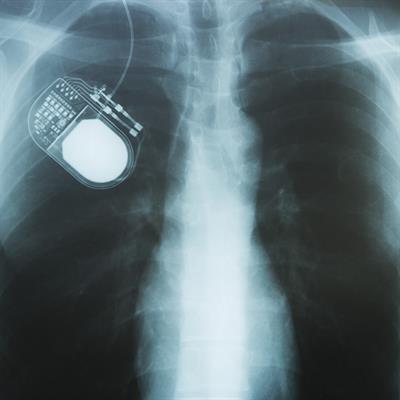John Robert Younce
University of North Carolina at Chapel Hill
Chapel Hill, United States
Submit your idea
You will be redirected to our submission process.
Manuscript Summary Submission Deadline 28 February 2026 | Manuscript Submission Deadline 31 July 2026
Dystonia, characterized by sustained or intermittent muscle contractions causing abnormal movements and postures, represents one of the most complex and challenging movement disorders in clinical neurology. The heterogeneous nature of dystonic syndromes, spanning focal to generalized presentations and encompassing diverse etiologies from genetic mutations to acquired brain lesions, has long complicated our understanding of its pathophysiology and treatment approaches. However, the emergence of neuromodulation as a therapeutic paradigm has fundamentally transformed the landscape of dystonia management while simultaneously providing unprecedented insights into the neural mechanisms underlying these disorders.
The therapeutic potential of neuromodulation in dystonia first gained prominence with the success of deep brain stimulation (DBS), particularly targeting the globus pallidus internus. This breakthrough not only offered hope to patients with medically refractory dystonia but also revealed the critical importance of specific neural circuits and oscillatory patterns in dystonic pathophysiology. The observation that high-frequency stimulation could effectively suppress dystonic symptoms while low-frequency stimulation could sometimes worsen them provided crucial clues about the aberrant network dynamics underlying these conditions.
Beyond DBS, the field has witnessed remarkable expansion in neuromodulation approaches. Transcranial magnetic stimulation (TMS) has emerged as both a diagnostic tool for probing cortical excitability and plasticity, and as a potential therapeutic intervention. Non-invasive brain stimulation techniques, including transcranial direct current stimulation and repetitive TMS, have revealed abnormalities in cortical inhibition and sensorimotor integration that characterize dystonic disorders. More recently, focused ultrasound has introduced the possibility of precise, non-invasive lesioning or neuromodulation of deep brain structures, offering new hope for patients who may not be suitable candidates for traditional surgical interventions.
The mechanistic insights derived from neuromodulation studies have revolutionized our understanding of dystonia as a network disorder. Rather than viewing dystonia solely through the lens of basal ganglia dysfunction, current evidence supports a model involving aberrant connectivity across multiple brain regions, including the cerebellum, thalamus, brainstem, and various cortical areas. Neuromodulation techniques have uniquely positioned researchers to test hypotheses about network dysfunction by selectively targeting specific nodes and pathways, thereby elucidating causal relationships between neural circuit abnormalities and clinical manifestations.
The integration of advanced neurophysiological monitoring with neuromodulation interventions has further accelerated progress in the field. Real-time recording of local field potentials during DBS, combined with sophisticated signal processing techniques, has identified pathological oscillatory patterns that serve as biomarkers for treatment optimization. Similarly, neuroimaging studies examining connectivity changes following neuromodulation have provided valuable insights into the mechanisms of therapeutic action and potential predictors of treatment response.
Despite these advances, significant challenges remain in translating our growing understanding of neuromodulation into optimized clinical care. The heterogeneity of dystonic syndromes necessitates personalized approaches to target selection, parameter optimization, and treatment monitoring. Furthermore, the long-term effects of chronic neuromodulation on neural plasticity and the potential for adaptive changes in dystonic networks require continued investigation.
This Special Issue aims to showcase cutting-edge research that advances our understanding of neuromodulation in dystonia across the translational spectrum. We welcome contributions including those that explore novel neuromodulation methods in dystonia, investigate dystonic mechanisms, examine biomarkers for treatment optimization, and address the challenges of personalizing neuromodulation therapies for dystonic disorders.

This Special Issue accepts the following article types, unless otherwise specified in the Special Issue description:
Articles that are accepted for publication by our external editors following rigorous peer review incur a publishing fee charged to Authors, institutions, or funders.
Article types
This Special Issue accepts the following article types, unless otherwise specified in the Special Issue description:
Keywords: Dystonia, Neuromodulation, Deep Brain Stimulation (DBS), Transcranial Magnetic Stimulation (TMS), Network Dysfunction, Biomarkers, Cortical Plasticity, Motor Control, Personalized Medicine, Neural Oscillations
Manuscripts can be submitted to this Special Issue via the main journal or any other participating journal.
Submit your idea
You will be redirected to our submission process.
Share on WeChat
Scan with WeChat to share this article
